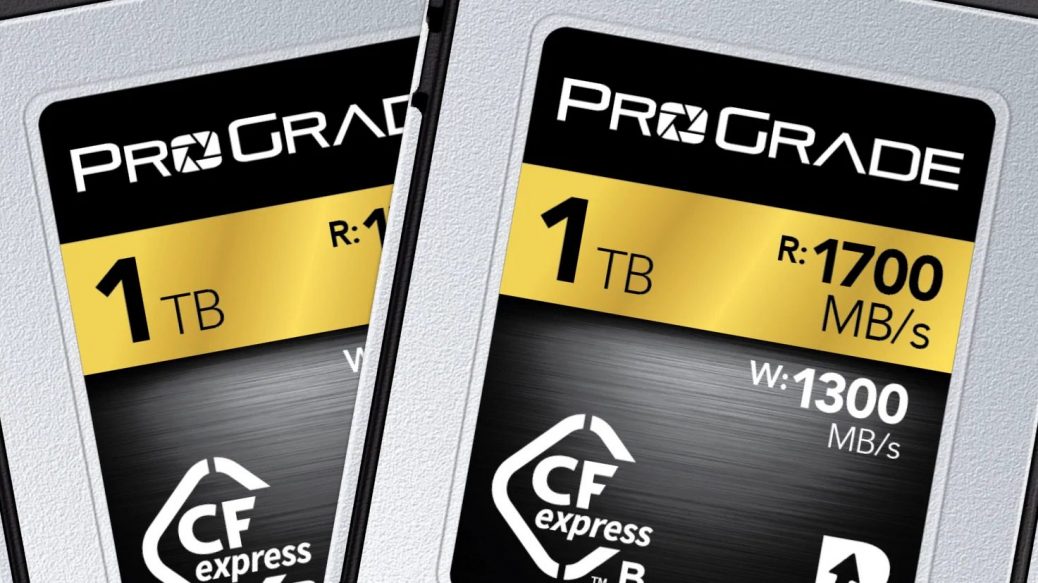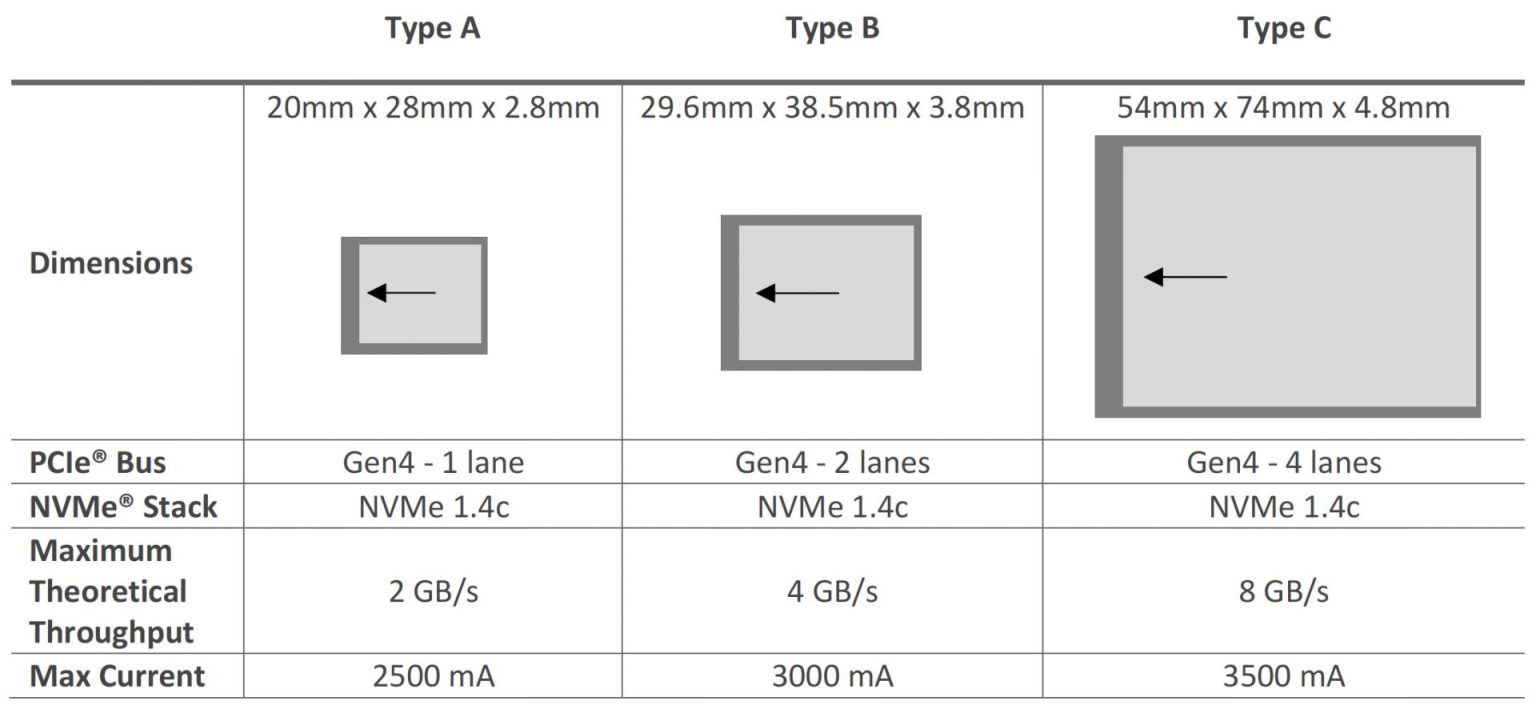CompactFlash Association Announces CFexpress 4.0 Logical and Physical Specifications
The CompactFlash Association published the CFexpress 4.0 specification, which can double theoretical throughput performance over current cards while keeping backward compatibility. The physical form factor of all prior CFexpress memory cards (Type A, Type B, and Type C) is preserved in the new specification.
“With the evolutionary approach in defining the new CFexpress 4.0 specifications, end users can preserve their investments made in CFexpress 2.0 removable media cards while enjoying cutting-edge use cases with the higher performance CFexpress 4.0 cards. This is a win-win for the installed base and the growing CFexpress ecosystem,” says Nikon’s Nobuhiro Fujinawa, the CFA board co-chairman.
“With its three form factors maintaining a consistent electrical, logical, and physical interface, CFexpress 4.0 will allow professional photographers, videographers, and cinematographers to scale seamlessly amongst the various use-case scenarios demanded by the host cameras. It is also a welcome approach for host manufacturers since the development cycle can be reduced significantly,” Sony’s Hiroshi Machida, who is also a CFA board member, adds.
The new CFexpress 4.0 specification doubles the theoretical maximum throughput across all three form factors without affecting their physical dimensions, bringing the new Type A design up to pace with Type B designs, which is a major improvement. Type B cards should also become significantly faster.
These advantages result from the upgrade from PCIe Gen 3 to PCIe Gen 4, which doubles the data throughput and allows the cards to transfer data at significantly quicker speeds. PCIe Gen 3 works at 8 GT/s (gigatransfers per second), corresponding to approximately 1 GB/s (gigabytes per second) per PCIe lane. PCIe Gen 4 works at 16 GT/s, or approximately 2 GB/s per PCIe lane.
The CFA also plans to develop a new specification for VPG (Video Performance Guarantee), which now only certifies cards at VPG 400, stating that a card’s transfer speeds would never go below 400 MB/s. According to the organization, the new specification will allow for more sustained video capture and will be distributed in the near future.
More info on CFA’s website.


